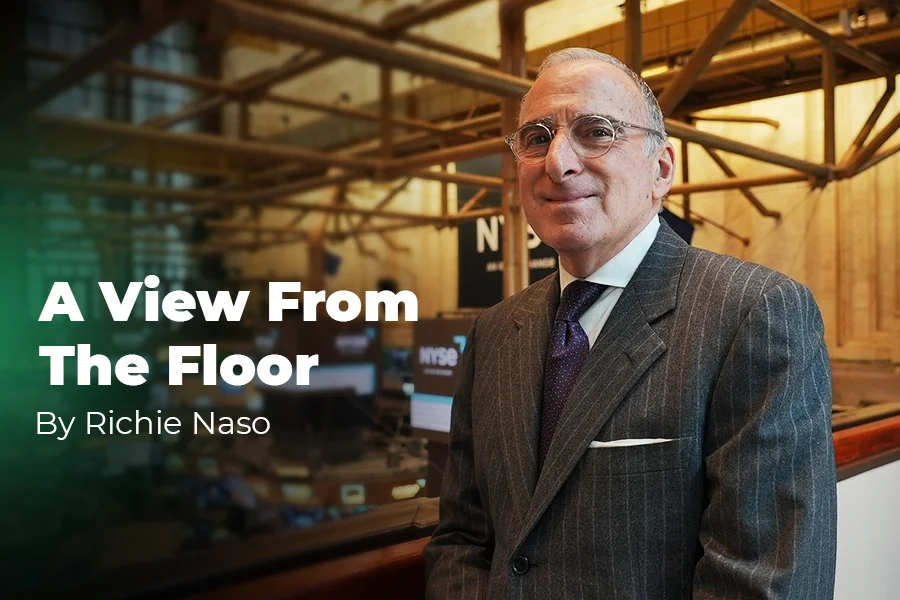5/1/2023
DJIA: 52-WK: +3.40% YTD: +2.87% Wkly: +0.88%
S&P 500: 52- WK: +0.91% YTD: +8.59% Wkly: +0.87%
NASDAQ: 52-WK: -0.88% YTD: +16.82% Wkly: +1.28%
INVESCO S&P 500 HIGH BETA ETF: 52-wk: -15.80% YTD: +5.80% Wkly: -0.99%
The news early Monday that JPMorgan Chase is buying First Republic Bank is both a relief and worry for the Federal Reserve in a key week. It makes its latest interest-rate decision on Wednesday.
It’s a relief in that it offers hope the crisis of confidence in First Republic won’t spread to other regional lenders and it potentially heads off a fresh banking crisis.The worry is that First Republic’s failure is merely the latest symptom of the pressure caused by the Fed’s interest-rate increases. The move from a near-zero policy to restrictive has taken place at breakneck speed, and the economy’s only just seeing an impact.
The biggest online retailer in the US is warning of 'cautious spending'
Amazon (AMZN) offered a downbeat outlook on domestic consumer spending, joining the likes of UPS (UPS) and 3M (MMM) amid growing concern that rising interest rates and tighter lending standards could lead to a recession in the US.
Netflix loses 1 million users in Spain amid password sharing crackdown: Data from Kantar show that the password sharing crackdown had a significant impact in Spain. It's a preview to what things might look like in other regions as the crackdown becomes more widespread.
Strategists at: J.P. Morgan point out that the S&P 500’s year-to-date gain, recently 8%, has been driven by the narrowest stock leadership since the 1990’s. Just six companies were recently responsible for 53% of S&P 500 gains: MSFT, GOOGL, AMZN, META, NVDA and CRM. The 10 biggest S&P 500 members have close to their largest index weighting ever.
Less than a third of stocks in the S&P500 have outperformed the index, the fewest at this point in the year since 1999, says Desh Peramunetilleke, head of micro strategy at Jefferies Financial Group Inc.. AAPL, MSFT, Meta and AMZN – have delivered 60% of the index’s return this year.
The VIX reflects the relative calm of the overall market. Trailing one-month S&P 500 realized volatility is just 9%, its lowest since 2021, and the S&P 500 itself has only three daily moves of more than 0.6% in either direction in the month of April, including two this past week. “Such low realized volatility is reminiscent of an era in which inflation was an afterthought and trust in the Fed put reigned supreme,” write Bank of America strategists.
A report on Friday said the inflation measure that the Fed prefers to use came in close to expectations for March, but it remains well above the target. “Bottom line, inflation is still above target, and the Fed is poised to raise interest rates again next week – and leave them at high levels for quite a while,” said Mike Loewengart, head of model portfolio construction at Morgan Stanley Global Investment Office.
Jeffrey Hirsch editor in chief of the Stock Trader’s Almanac: Hirsch’s data shows that the market is ending the best six-month period of the four-year election cycle.
The S&P despite some sharp swings this week, it still clinched a second straight winning month.
“Sell in May” and go away could be more than a cliché this year.
Richie Naso
REFERENCES:
STATS: Market Week Barron’s print edition May 1 page 24 Nicholas Jasinski
Paragraph one: The Barron’s Daily online 5/1/23 Brian Swint
Paragraph two & three: Yahoo Morning Brief Web Version Key Stories 4/29/23
Paragraph four: Barron’s STREETWISE print edition page 7 Jack Hough
Paragraph five & six: Barron’s The Trader print edition May 1 page 24 Nicholas Jasinski
Paragraph seven: NYT print April 29 page B2 Wall Street Ends April on a Positive Note
Paragraph eight: Barron’s print edition 5/1/23 page 5 Up & Down Wall Street Randall W. Forsyth
Paragraph nine: NYT print April 29 page B2 Wall Street Ends April on a Positive Note
Paragraph 10: Barron’s print edition 5/1/23 page 5 Up & Down Wall Street Randall W. Forsyth
